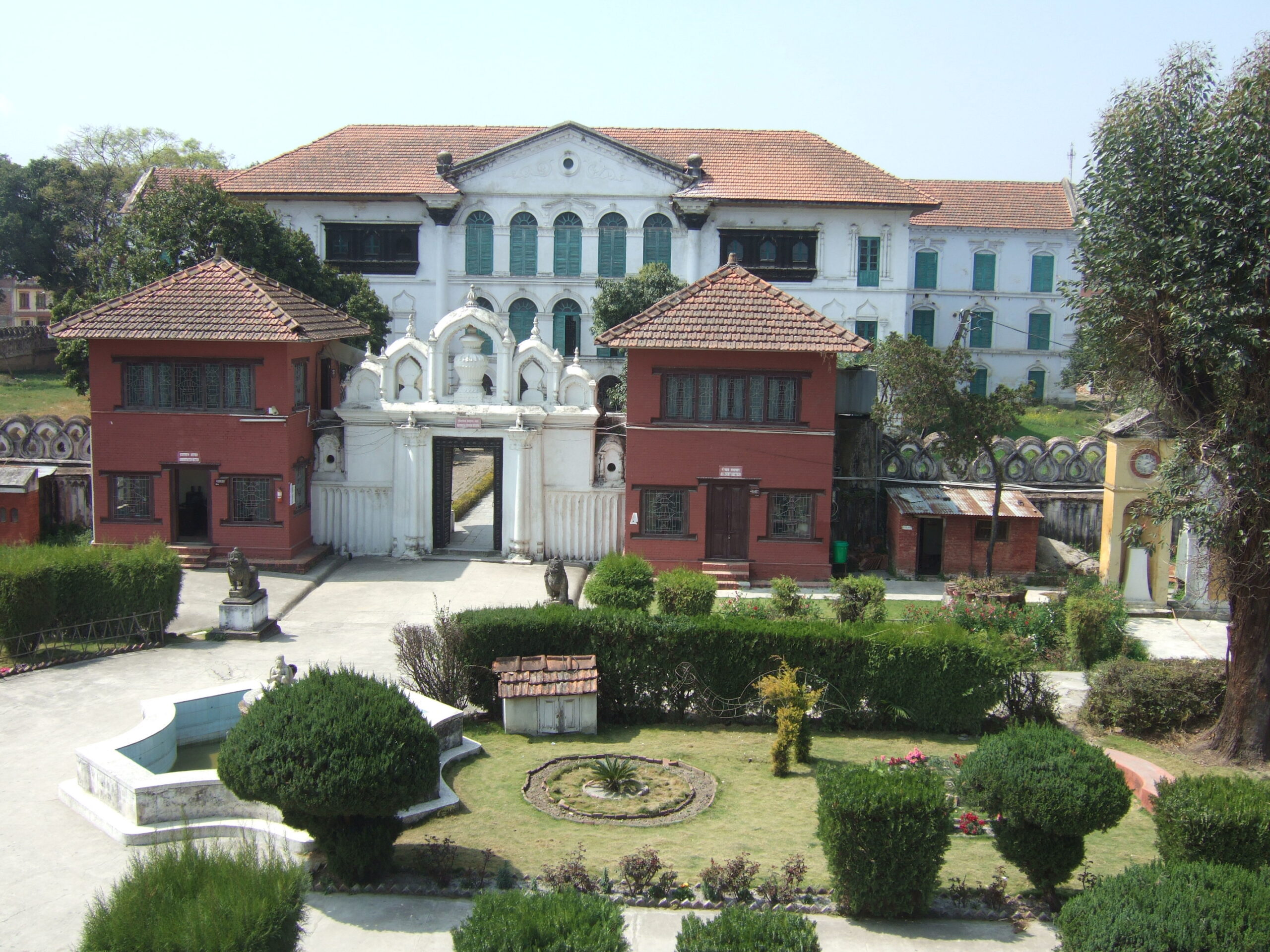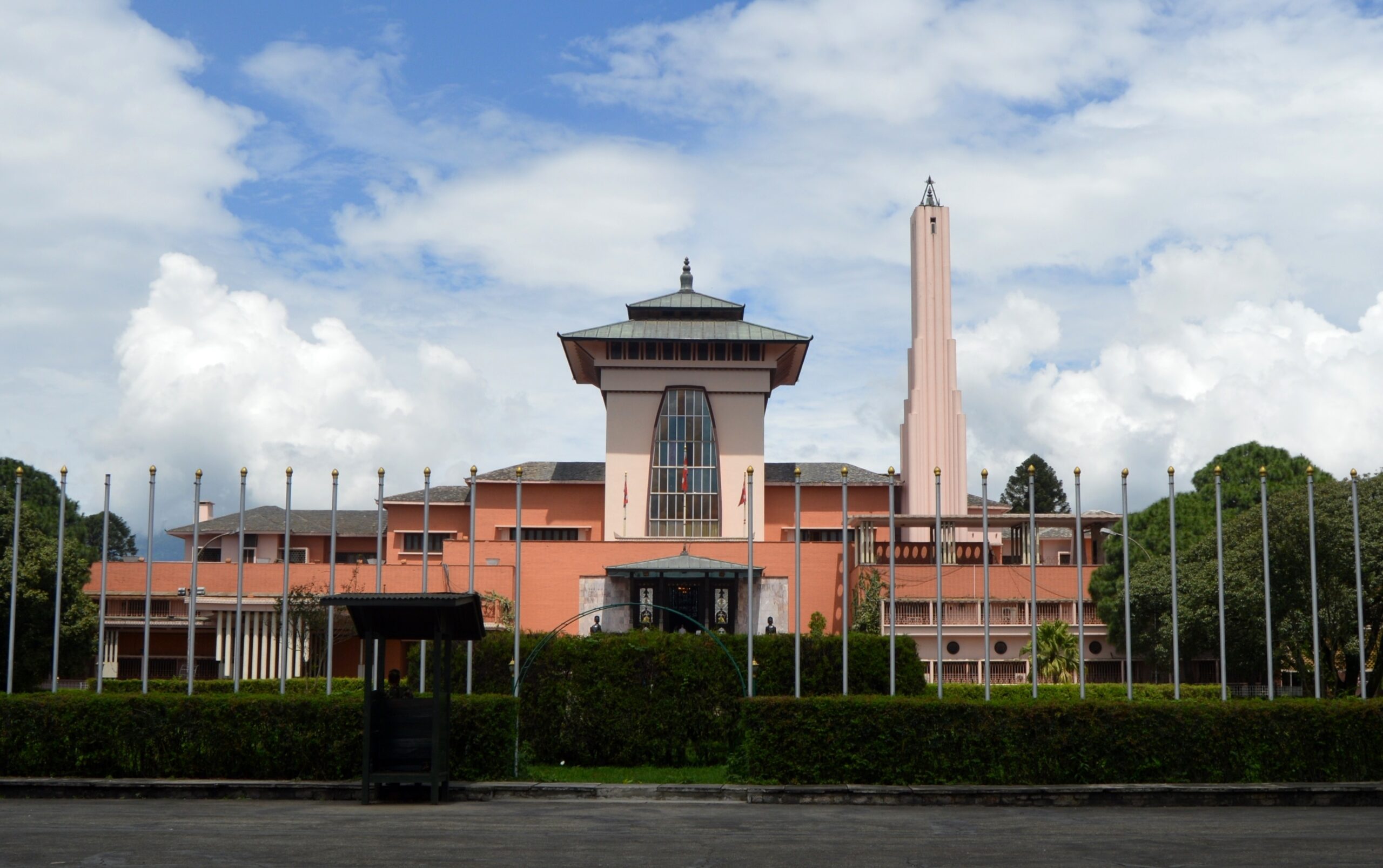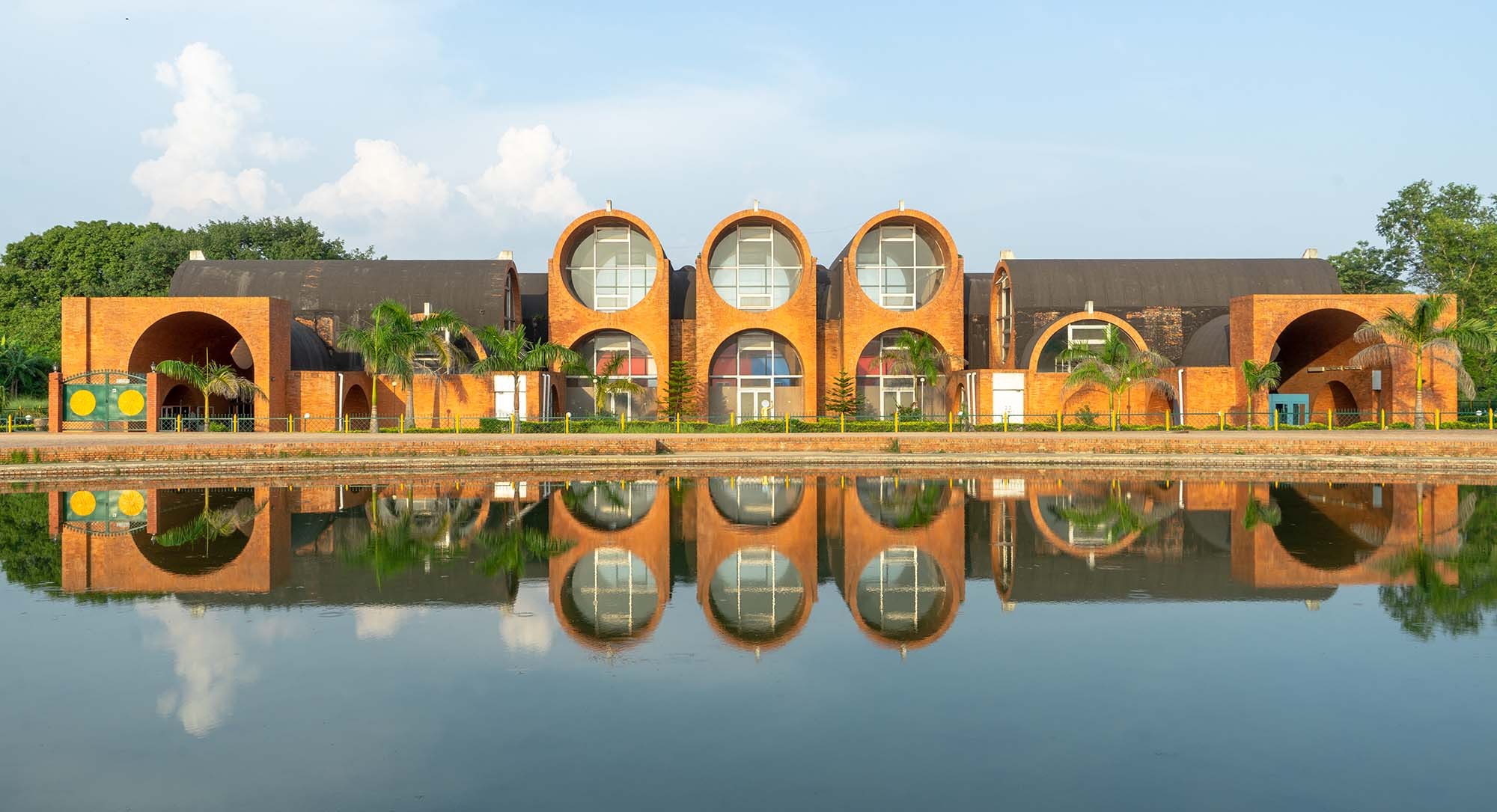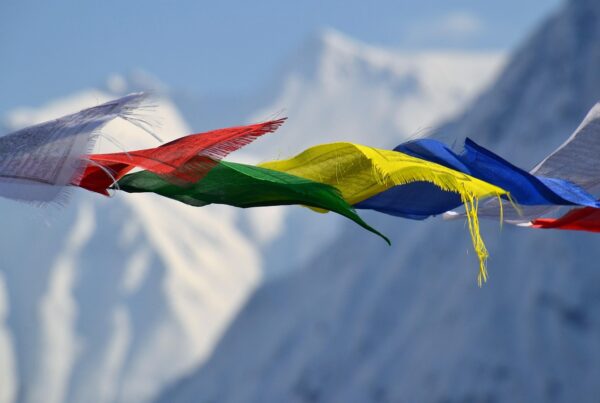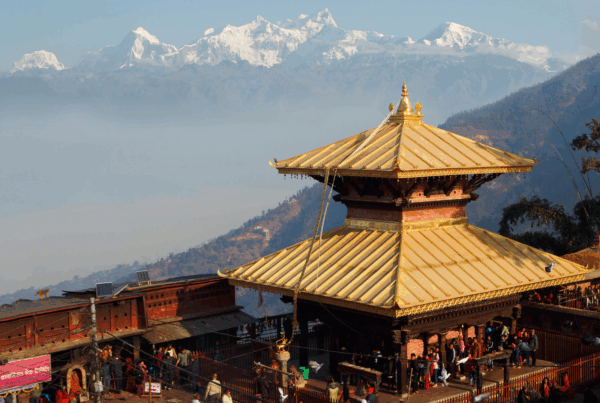N epal is a treasure chest of history, with stories of ancient dynasties, spiritual awakenings, and profound cultural shifts etched into its landscape. While the temples and palaces are living monuments, the country’s museums offer a quiet, curated glimpse into the objects and narratives that shaped the nation. From the royal palaces of Kathmandu to the birthplace of the Buddha, here is a guide to the historical museums that every visitor to Nepal should explore.
1. National Museum of Nepal
* Location: Chhauni, Kathmandu
* What It Is: This is the largest and one of the oldest museums in the country, acting as the primary custodian of Nepal’s national heritage. It’s a sprawling complex composed of several buildings, including the main Historical Museum, a Buddhist Art Gallery, and a Natural History section.
* What It Has Kept Safe: The collection is vast. The Historical Museum building houses an impressive military gallery with weapons, armor, and cannons from Nepal’s unification period, including artifacts used by Prithvi Narayan Shah. The Buddhist Art Gallery contains an exquisite collection of stupas, mandalas, and sculptures (both stone and bronze), tracing the evolution of Buddhist art. It also holds a collection of stamps, coins, and even a flag of Nepal that was taken to the moon.
* What It Signifies: The museum signifies the whole of Nepal’s story in one place. It’s a testament to the nation’s military history, its deep spiritual roots in both Hinduism and Buddhism, and its diverse cultural tapestry.
2. Narayanhiti Palace Museum
* Location: Durbar Marg, Kathmandu
* What It Is: This is the former royal palace, the primary residence of Nepal’s monarchs for over a century. It was famously turned into a public museum in 2008 after the abolition of the monarchy, offering a fascinating and somber look into the lives of the Shah kings.
* What It Has Kept Safe: The museum preserves the palace’s 52 rooms, largely as they were left. Key exhibits include the opulent Reception Hall (Kaski Sadan), the grand Throne Room (Gorkha Baithak) with its towering 48-foot chandelier, and the royal crown (Sripech), which is adorned with over 730 diamonds. Visitors can also see the Gold State Coach gifted by Queen Elizabeth II and the private residence (Shree Sadan) of King Birendra and his family, including the site of the tragic 2001 royal massacre.
* What It Signifies: This museum is a powerful symbol of modern Nepali history. It represents the end of a 240-year-old royal dynasty and the nation’s transition into a democratic republic. It offers a rare, frozen-in-time glimpse of royal splendor and political turmoil.
3. Patan Museum
* Location: Patan Durbar Square, Lalitpur
* What It Is: Housed within one of the most beautiful royal palaces of the Malla kings, the Patan Museum is widely considered one of the best museums in Asia. It is set in the stunningly restored Sundari Chowk and focuses on the rich artistic heritage of the Kathmandu Valley.
* What It Has Kept Safe: The museum is a sanctuary for Newa art and craftsmanship. Its galleries are filled with an extraordinary collection of Hindu and Buddhist bronze and copper-gilt statues, traditional sculptures, and Malla-era artifacts. The architecture of the museum, with its intricate woodcarvings and golden windows, is as much a part of the exhibit as the objects within.
* What It Signifies: The Patan Museum is a celebration of the Kathmandu Valley’s “golden age” of art. It signifies the incredible skill of Newa artisans and the deep spiritual devotion that produced some of the most exquisite sacred art in the world.
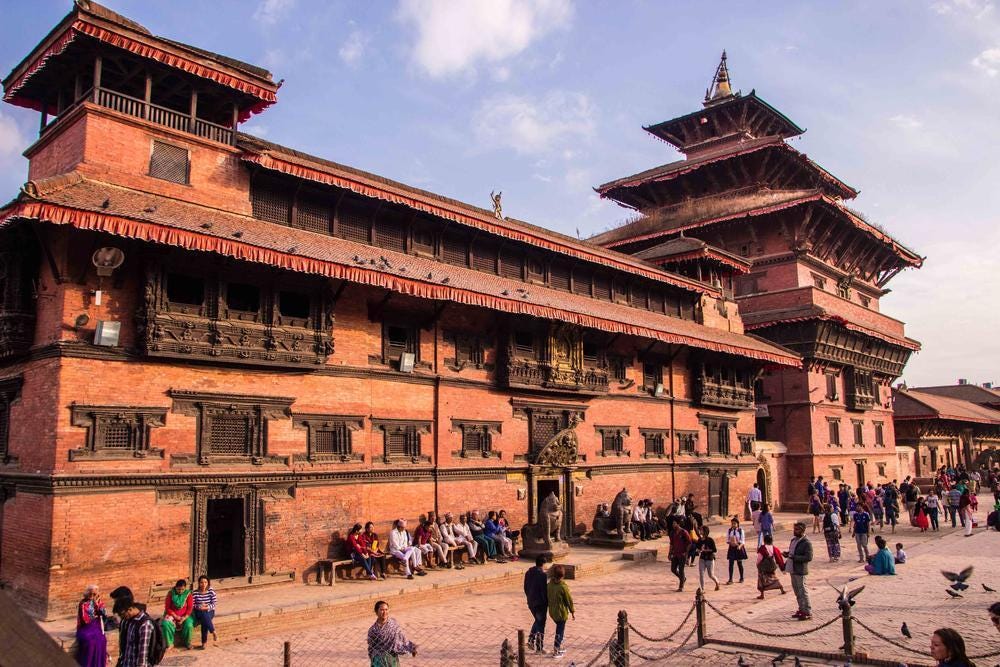
4. Gorkha Museum
* Location: Gorkha Bazaar, Gorkha
* What It Is: This museum is located within the historic Tallo Durbar (Lower Palace), built in 1835. It is dedicated entirely to the life and times of King Prithvi Narayan Shah, the founder of modern Nepal, and the history of the Gorkha state.
* What It Has Kept Safe: The museum’s 12 rooms display artifacts from Nepal’s unification. You can see weapons (like cannons, swords, and khukuris) used during the 18th-century campaigns, traditional musical instruments, paintings, royal portraits of the Shah kings, and various utensils and objects that illustrate life during that formative period.
* What It Signifies: This museum is the cradle of modern Nepal. It signifies the origin story of the nation, capturing the ambition, struggle, and legacy of the king and the state that unified the country.
5. International Mountain Museum (IMM)
* Location: Pokhara, Kaski District
* What It Is: A vast and modern museum dedicated to all things related to the Himalayas. It’s a tribute to the mountains, the mountaineers who climb them, and the diverse cultures that inhabit their slopes.
* What It Has Kept Safe: The museum is organized into three main exhibition halls:
* Hall of Great Himalayas: Showcases the geology, flora, and fauna of the mountain range.
* Hall of Fame: Displays records and original gear from legendary mountaineers who have summited the 8,000-meter peaks.
* Hall of World Mountains: Features displays on the culture, lifestyle, and traditions of mountain peoples from Nepal and around the world.
* What It Signifies: The IMM signifies Nepal’s identity as the “roof of the world.” It is a place of reverence for the mountains and a center for education on the triumphs, tragedies, and unique cultures of the Himalayan region.
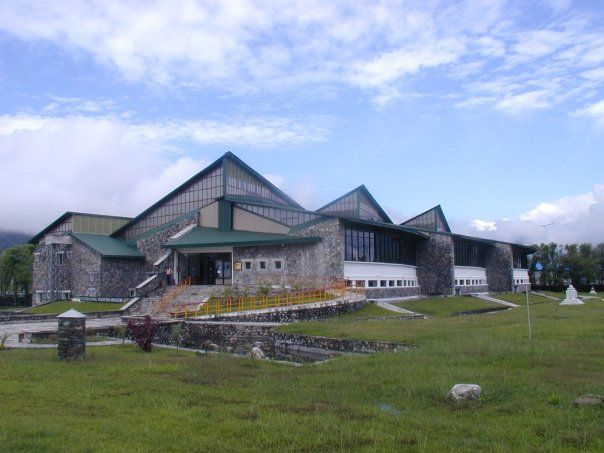
6. Palpa Durbar Museum
* Location: Tansen, Palpa District
* What It Is: This museum is housed in the colossal and imposing Tansen Durbar, a palace built in 1927 by the Rana governor of the region. After being damaged during the conflict, it was restored and converted into a regional museum.
* What It Has Kept Safe: The museum’s exhibits focus on the local history and culture of the Palpa region. It holds a collection of Rana-era furniture and weapons, along with displays on the region’s strong Newari trading history. You can also see exhibits on local arts, including the famous Palpali Dhaka (the fabric used for traditional hats, or topis) and metalwork.
* What It Signifies: The museum signifies the historical importance of Tansen as a major political and cultural hub. It preserves the legacy of both the Rana regime and the rich, artistic Newari culture that flourished on this hill station.
7. Kapilvastu Museum
* Location: Tilaurakot, Kapilvastu District (near Lumbini)
* What It Is: This is an archaeological museum located right at the excavation site of Tilaurakot, the ancient capital of the Shakya kingdom and the childhood home of Siddhartha Gautama (the Buddha).
* What It Has Kept Safe: While the palace ruins themselves are mostly foundations on the ground, this museum holds the movable artifacts unearthed during the decades of excavation. This includes ancient coins, pottery, jewels, and terracotta figurines that date back over 2,500 years, providing tangible evidence of the city’s life during the Buddha’s time.
* What It Signifies: This museum is a direct link to the human life of Prince Siddhartha before his enlightenment. It signifies the historical and archaeological roots of Buddhism, preserving the everyday objects of the people and the place that shaped the future Buddha.

8. Lumbini Museum
* Location: Lumbini Cultural Center, Lumbini
* What It Is: Located within the main Lumbini monastic zone (in a building designed by famed architect Kenzo Tange), this museum complements the Sacred Garden. While the garden is the spiritual site, the museum provides the art and historical context.
* What It Has Kept Safe: The museum displays a collection of photos, maps, and models that illustrate the life of the Buddha and the history of the Lumbini site. Its main draw is a collection of Mauryan and Kushana-era sculptures, Buddhist artifacts, and terracotta images found in the surrounding area, helping visitors visualize the art and devotion that has flourished here for millennia.
* What It Signifies: The Lumbini Museum signifies the site’s global importance as a center for pilgrimage and peace. It acts as an artistic and historical anchor to the spiritual experience of visiting the Buddha’s birthplace.
9. Tharu Cultural Museum
* Location: Bachhauli, Chitwan District (near Sauraha)
* What It Is: A community-run museum dedicated to preserving the unique and ancient culture of the Tharu people, the indigenous inhabitants of Nepal’s Terai (lowlands). A similar museum also exists in Bardiya.
* What It Has Kept Safe: The museum showcases the Tharu way of life. It features displays of traditional Tharu clothing and jewelry, household items, fishing and farming tools, and paintings depicting their festivals and daily life. It also explains the architecture of their traditional mud-and-thatch longhouses.
* What It Signifies: This museum is a vital effort in cultural preservation. It signifies the resilience and rich traditions of the Tharu people, offering an authentic insight into their deep connection with the land and their history, including their struggles with bonded labor (Kamlari/Kamaiya).
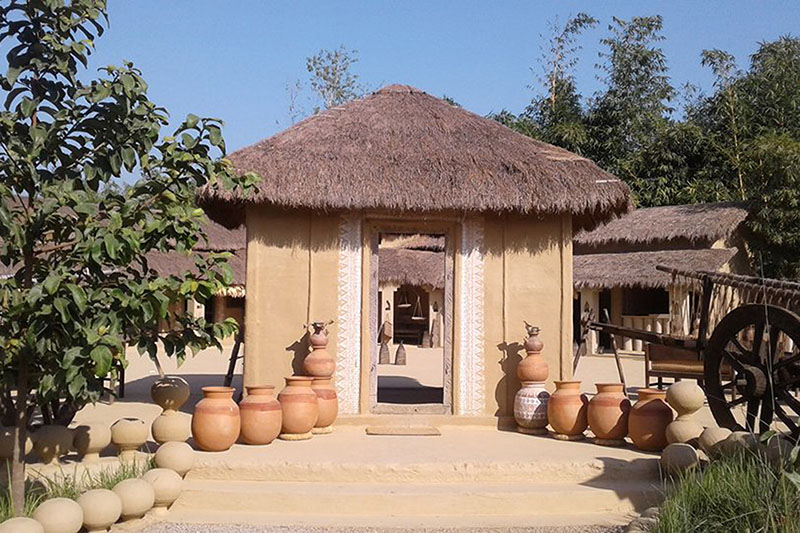
A museum is not just a building that holds history; it is a house of stories, where every artifact whispers a secret of the past.
To walk through it is to walk through time, and to listen is to understand who we are.
Your Gateway to the Past
Nepal’s history is not confined to dusty books; it is alive and breathing in the halls of these incredible museums. Each gallery you walk through, every statue you admire, and every artifact you see is a direct link to the kings, artisans, explorers, and everyday people who built this nation.
Visiting these museums is more than just a sightseeing activity; it’s an act of connection. It’s a chance to stand in the very rooms where history was made, to admire the divine beauty captured by a Malla-era artist, and to understand the profound spiritual and cultural forces that make Nepal so unique.
So, as you explore the mountains, trails, and cities, take a moment to step inside one of these gateways to the past. You won’t just see history, you’ll feel it.

